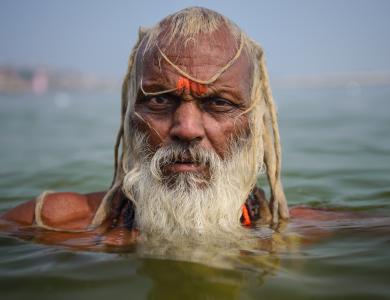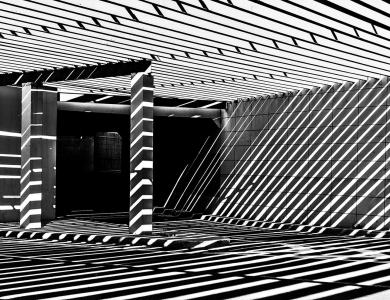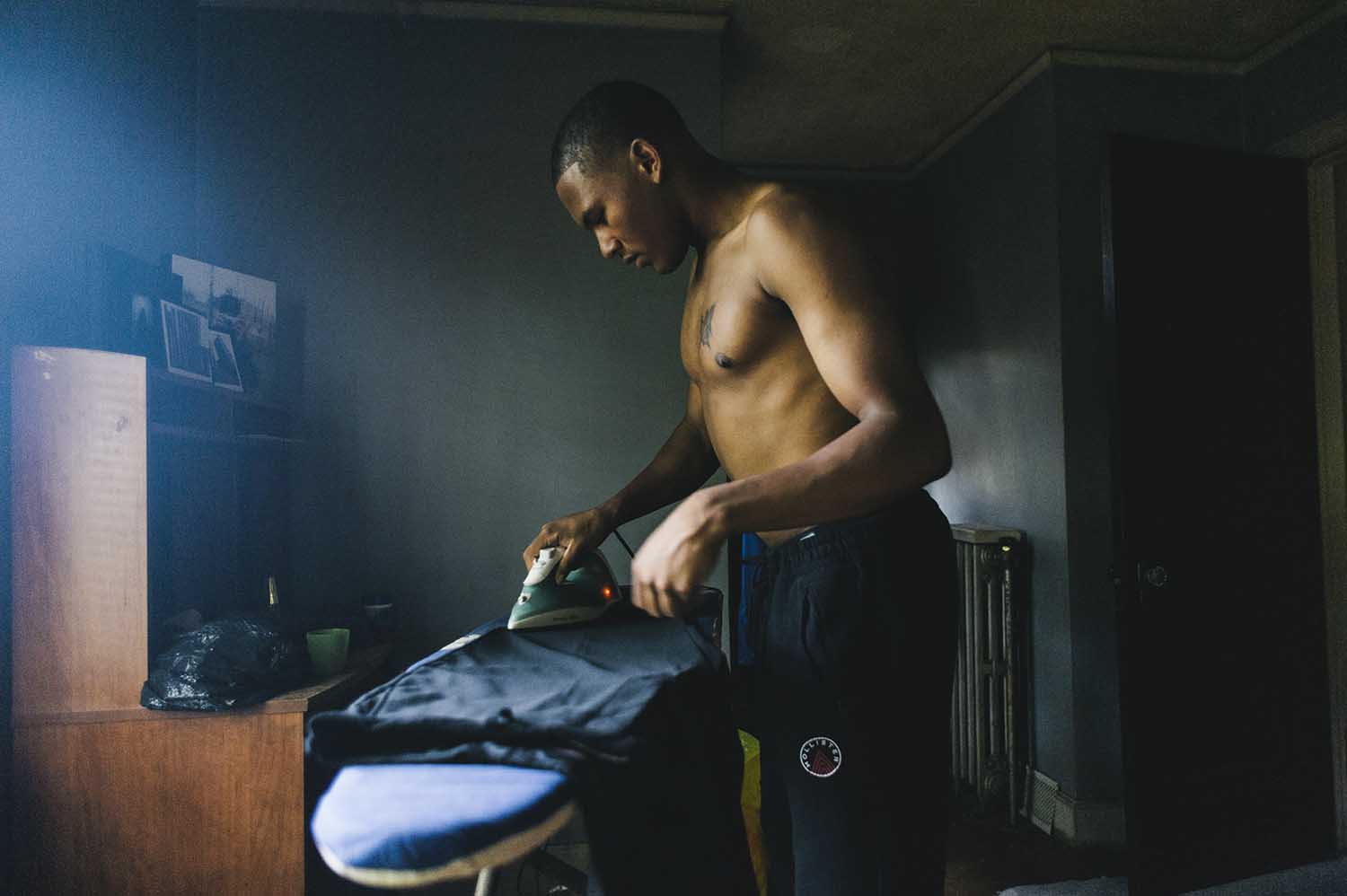
Blink is a platform connecting thousands of media freelancers with publishers, brands and agencies who need high-quality content produced on location anywhere in the world.
---
Blink’s Kyla Woods spoke with the founders of Documenting Detroit, Karah Shaffer and Alan Chin, about the importance of documenting Detroit’s rebirth and of cultivating a community of photographers who can tell the untold stories of a once great city.
KW: Can you speak about how this project came about?
KS: I am originally from Metro Detroit. I was active in New York City's photo circuit where I lived for more than a decade, first focusing on photography in college and in subsequent years with the Bronx Documentary Center (BDC). I returned to Detroit late 2014, intending to extend my own storytelling skills. Shortly after my move back to Detroit, I was visiting New York without a return ticket, and Alan Chin, who I met several years ago through mutual friend Mike Kamber (founder of the BDC), mentioned he would be driving to Detroit to visit family and offered me a ride. During the 10 or so hours in the car, our conversation crossed topics including Detroit's quickly changing landscape, national media coverage, and photographic culture, and the idea to build a documentary project in Detroit took root.
AC: After a career spent mostly focusing on catastrophe and crisis at home and abroad (Hurricane Katrina and its aftermath in New Orleans and Louisiana, the wars in Ukraine, Iraq, Afghanistan, the Balkans, Israel/Palestine and the Arab Spring in Egypt and Tunisia, unrest and disaster in China, etc.), I've long felt that Detroit is a unique place in American life -- not just because of its decline and nascent rebirth -- but for its history and the 700,000+ people that continue to live there. I've been visiting Detroit my entire life; my brother who is 20 years older than me emigrated from Hong Kong to Detroit in 1970. With his recent retirement I've been looking for a way to spend more time with him and my extended family. This project is a perfect mix of the professional and personal for me.
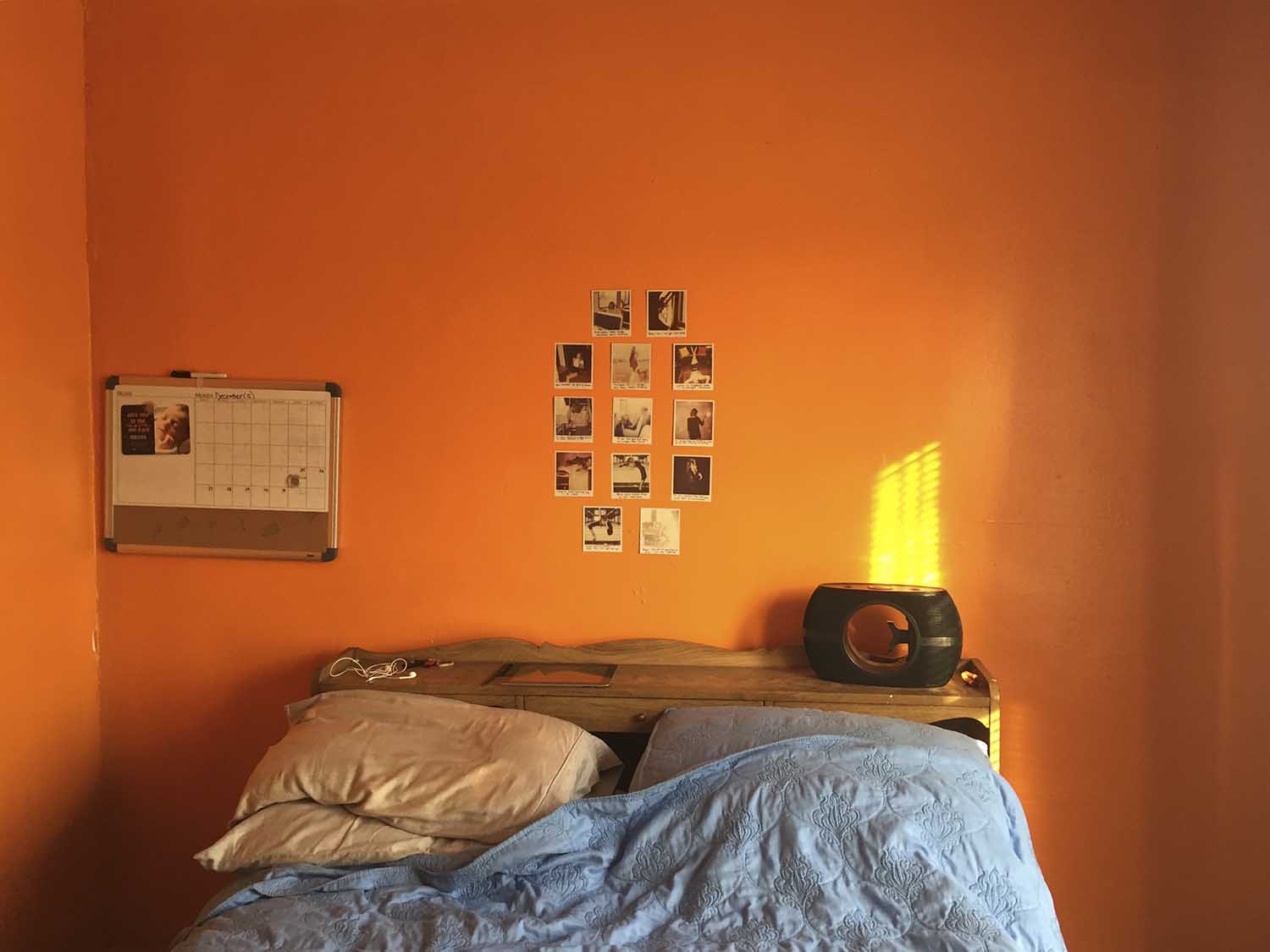
KW: Is there a photojournalism community in Detroit?
KS: There is a huge photographic community in Detroit. Many area photographers focus on exploring urban areas and abandoned buildings, and a few of those photographers venture to also tell stories of individuals through their lenses. On the whole though, photojournalism isn't the name used to describe the photography happening across the city and metro area.
AC: The Detroit Free Press, in a wealthier era, was one of the powerhouses of American newspaper photojournalism for decades, once deploying photographers around the world. The resources are far more modest today but the high quality and dedication remain. The Detroit Institute of Art and Detroit Historical Society and Museum have both sponsored different exhibitions of documentary photography and own significant collections of Detroit photography. With the democratization of photography through the internet, Instagram, and social media, more photographers are working than ever before in Detroit as everywhere else.
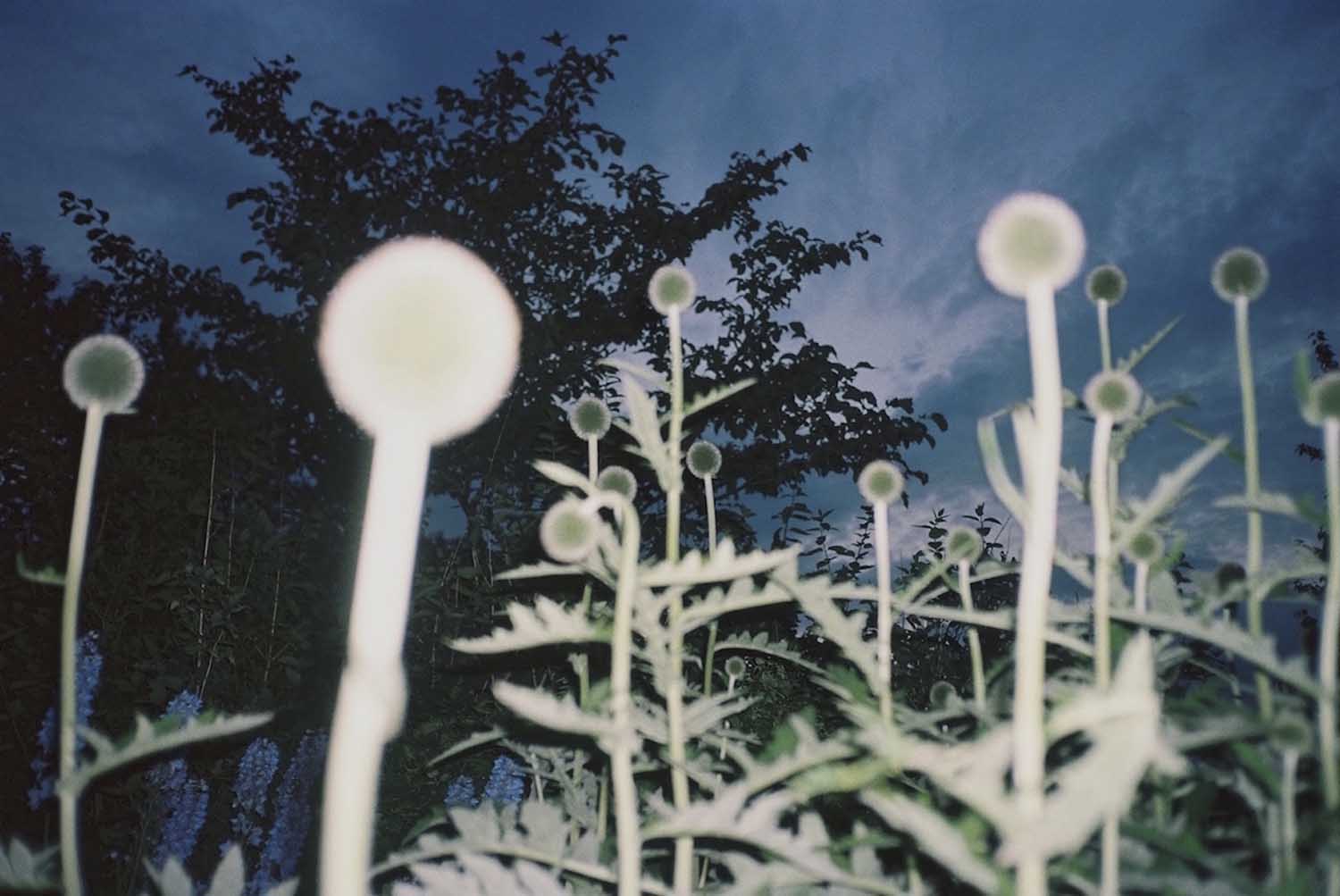
KW: Why do you believe there is a need to cultivate a photojournalism/ journalism community here?
KS: Since arriving back in Detroit I’ve used Instagram as a barometer for what local photographers are focused on. Two years ago, the output of so many talented photographers from here and photographers passing through Detroit dwelled on abandoned structures and vacant, dilapidated buildings. Those photos have been shared time and again across social media and published in outlets like The Washington Post and other national media. A lot of the photos taken here of buildings and landscapes are beautiful and shot by photographers who obviously have command of their craft, but those photos are often missing the humans living within the landscape -- they don't tell the whole story. Now when I search Detroit-centric hashtags on Instagram, I see that there has been a shift toward the people of the city -- our friends, neighbors, local performances. There is an audience of Detroiters who are excited to see themselves, their neighbors, their loved ones, their everyday lives being documented and celebrated.
AC: I confess to sometimes being one of the photographers that Karah's speaking of; it's almost impossible not to be when you walk and drive the streets of Detroit with a camera in hand. But as she says, that's only the first level of engagement -- the more interesting stories and images are in the living communities -- not the dead buildings. Also, Detroit is in the middle of great transition, with many futures imaginable that have not yet happened. There is significant new construction for the first time in a generation, even as political and economic crises of city authority and bankruptcy have wracked the city in recent years. There's rising property values and gentrification in some neighborhoods, alongside persistent poverty and crime in others. It's always an important time to document any community -- the time is always right -- and in Detroit, even more so.
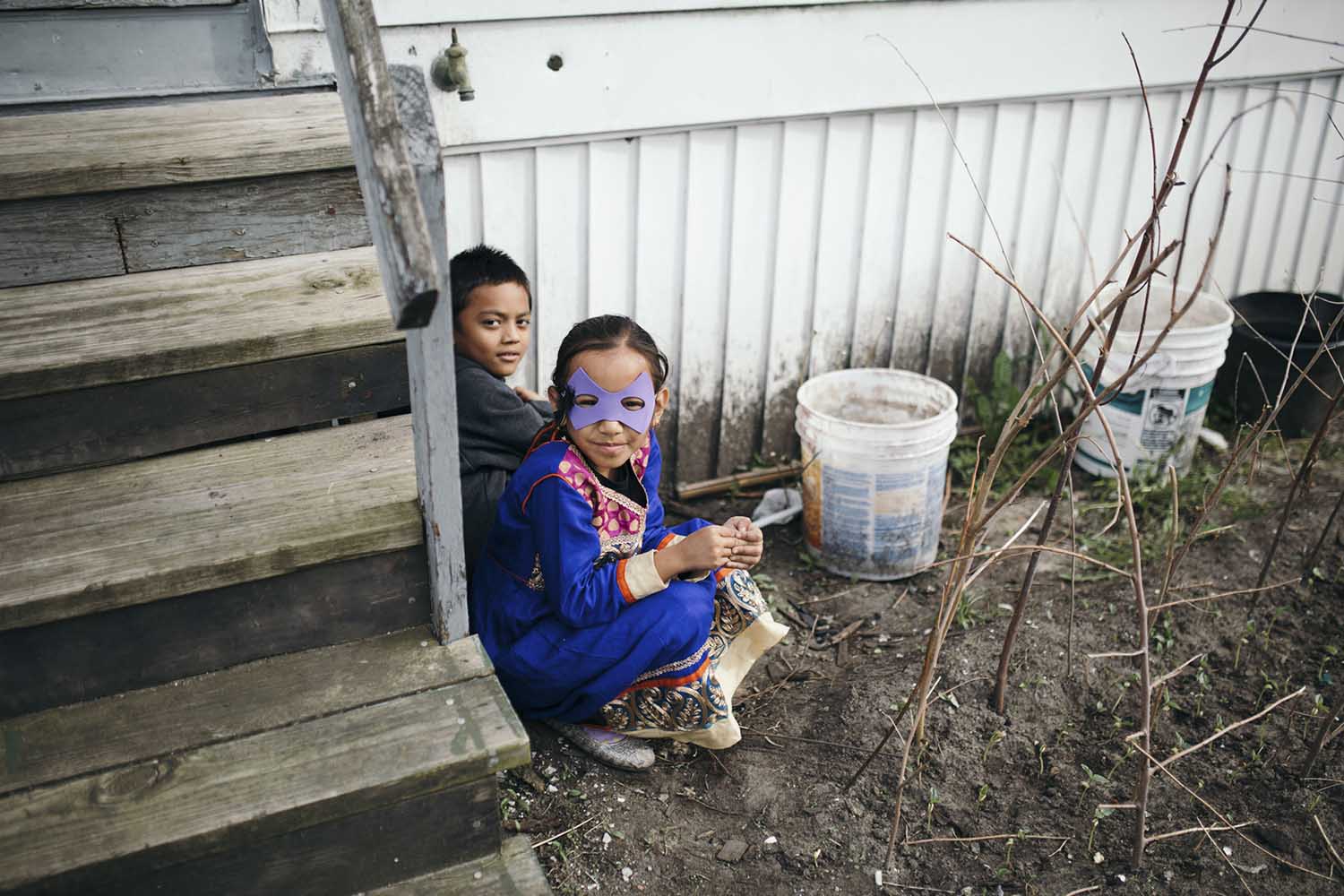
KW: Why do you think this project is important to Detroit?
KS: Detroiters have been represented in a very specific way in the national media -- by the same buildings (Michigan Central Train Station, to name one), the same stories (auto industry failings), and by relatively few local photographers on a national level. Detroiters I meet in my day to day interactions are frustrated because they feel the Detroit they know is not being represented on the national platform -- their neighborhoods and concerns and triumphs are rarely seen. Detroiters are hungry to tell their own stories, and our project is fostering discussion about the way those stories can be put together and presented most effectively.
AC: Detroit doesn't have an ICP (International Center of Photography) or a Photoville festival or a Bronx Documentary Center; we aspire for our project to be a first step to create a permanent institution to fill that gap. I realize that our goals are ambitious, and require sustained fundraising and sweat equity. The challenge is invigorating, humbling, and inspiring.
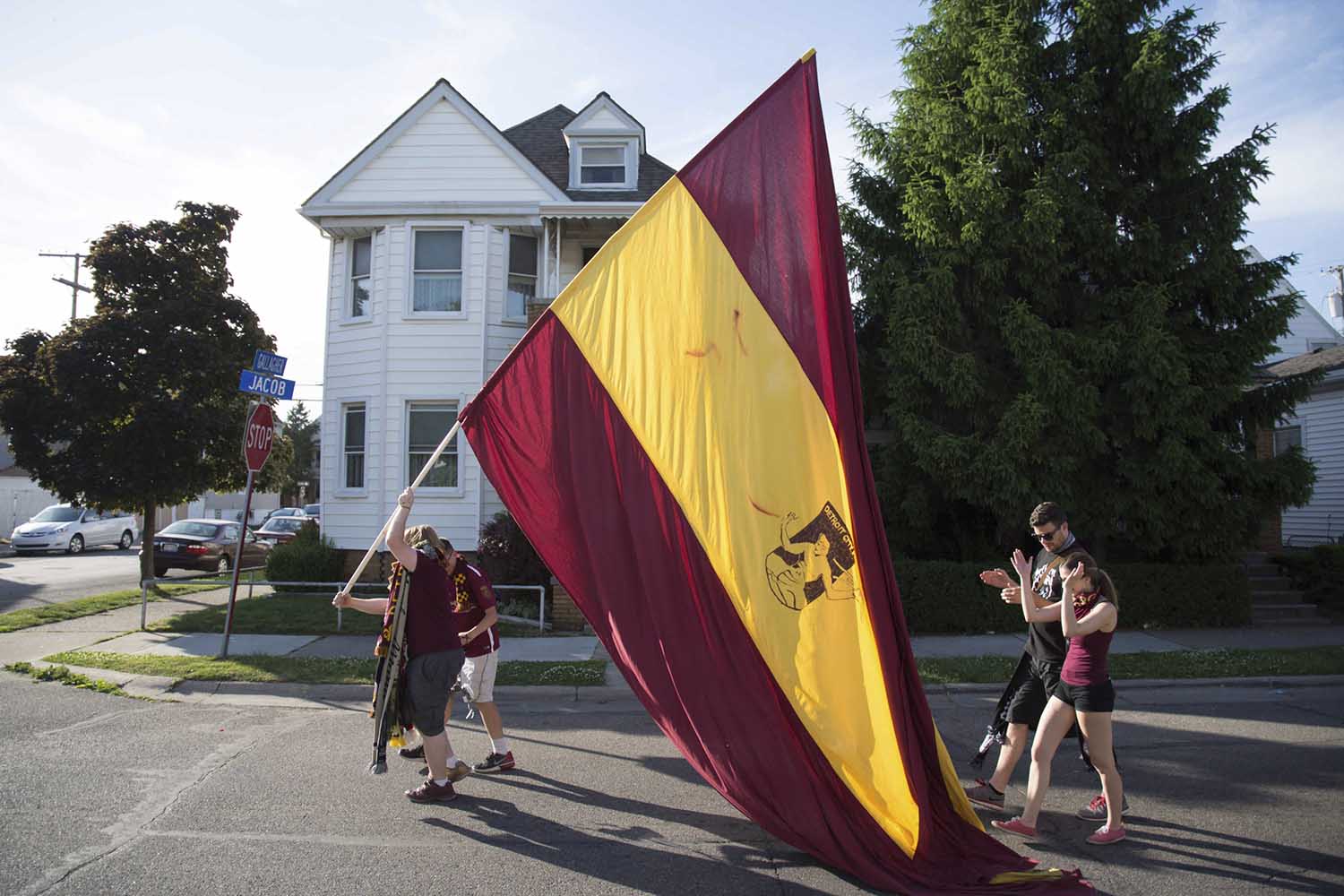
KW: Can you talk about the journalism landscape in Detroit? Do news organizations such as the NYT or Washington Post hire photographers on the ground or do they send photographers out there?
KS: There are a few photographers who have been hired throughout the years to work for larger agencies and national agencies, however there have also been many photographers from out of the area continually assigned to cover Detroit. In the last couple months, we've seen local photographers covering issues at a national level more frequently -- Salwan Georges has been covering various stories for The New York Times and the Washington Post, and Regina Boone's work on the Flint water crisis just graced the cover of TIME magazine.
AC: I'm going to answer this question in a slightly more big-picture way: There's always a tension between "the provincial" and "the metropole" -- Detroit is a Midwestern city far from either coast and their self-appointed cultural elites -- and this divide often becomes contentious, alienating, and denigrating. Detroiters living through their struggles and triumphs on a daily basis can be surprised that anybody from outside cares or even knows anything about their home. Erasing this sense of "us" and "them" is critical to a more nuanced and substantive conversation about how any community is seen and sees itself.
KW: Why do you think it’s important for those living in Detroit to document Detroit? Can you give an example of a project where it being a local has been a crucial element to the project?
KS: I'll cite Salwan Georges again as an example -- Georges is a refugee who left Iraq as a child and after living in Syria for a time came to settle with his family in Metro Detroit, where the largest population of Middle Eastern and Arab refugees in America exists. His photography within these local communities is informed by his own experiences in ways that an outsider's work would not be. A couple of examples of this are his story 'John's Faith' which tells of the loss of his cousin to violence in Iraq in 2013, and his project 'Finding Freedom', addressing refugees resettling into the Metro Detroit area.
AC: Riffing on my answer to the last question, I believe that documentary photography and journalism can be fundamentally empowering. We have asked Detroiters from all walks of life to open their doors to our photographers, to give intimate access to strangers with cameras, even when that stranger might be a neighbor. Our most important audience is Detroit itself.
KW: Is this fellowship aimed at experienced photographers or those just starting out?
KS: We've accepted 21 Fellows who are at various levels of experience, who show the ability to make great images and who are eager to tell stories through photography. We are less concerned with the tools that create the work than the intent and execution of the work.
AC: More than ever, the distinction between the beginner and the veteran blurs; technical proficiency and visual sophistication are easier than ever to achieve. Because of and despite this (both), the distinction between "OK" and "great" is also more important. We want a diverse group that's representative of all Detroit's communities, making compelling work. Our roles as mentors will be different for each photographer's needs.
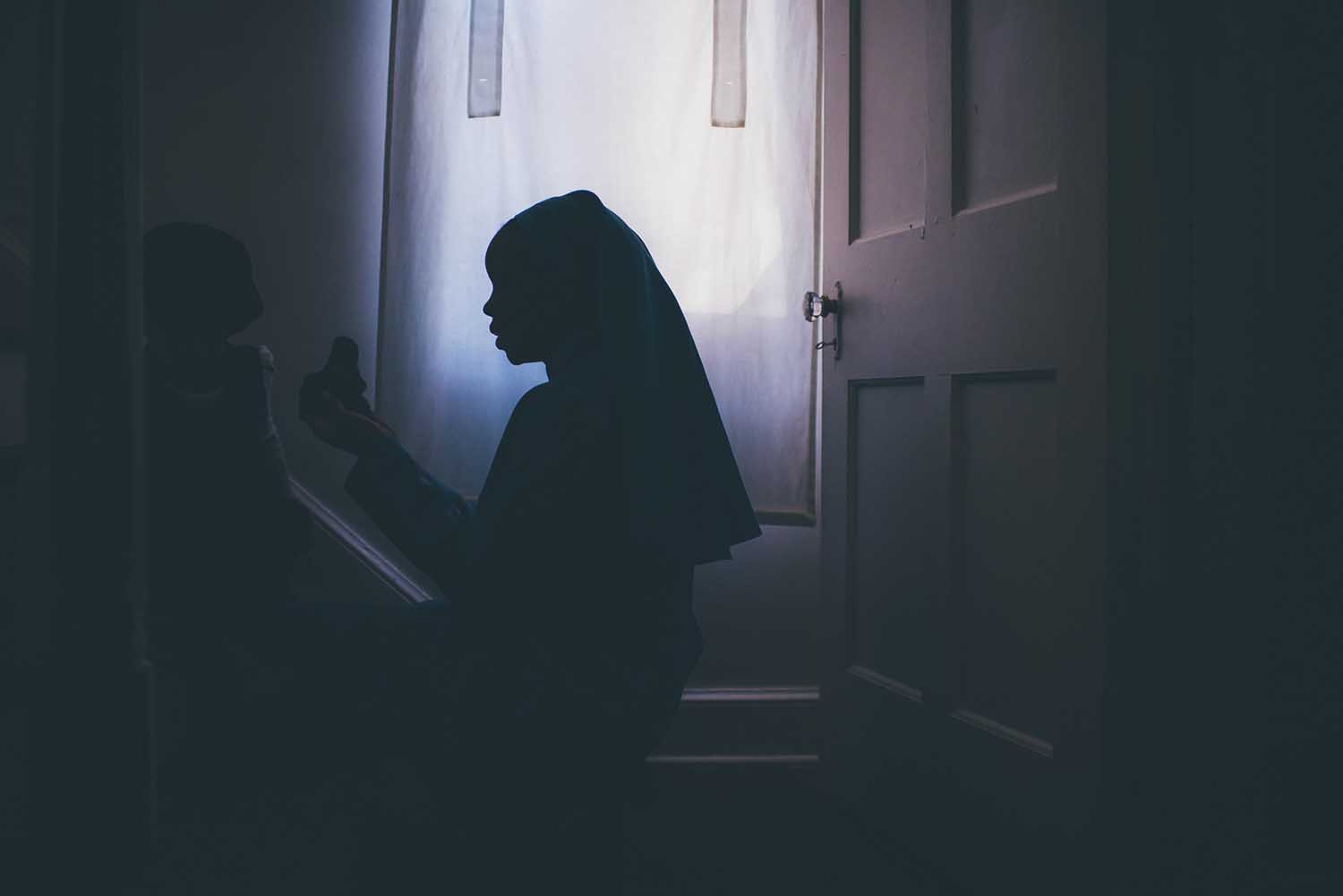
KW: Why is this fellowship free?
KS: In order to get the widest ranging representation of Detroit, taking the consideration of financial concern away from potential applicants is something that had to happen. In Metro Detroit we have a really varied economic landscape, and we wanted to be sure that anyone who comes across what we're creating can be inspired and excited about having their work assessed and their views included in the discussion.
AC: Too often, photography and the arts overall become a ghetto for the practitioners -- only those that can afford to play can participate -- and that would be a direct contradiction of our mission. Fundraising for our project is, without question, the single most difficult piece of the intricate puzzle. But it cannot be imposed on the photographers.
KW: You’ve included talented photographers such as David Burnett, Donna Ferrato, Stanley Greene as well as photo editors such as Jamie Wellford and Maggie Steber as mentors for participants - why these people? How did you bring them together?
KS: The Facing Change: Documenting DETROIT Fellowship is a program of Facing Change: Documenting America (FCDA), a 501c(3) non-profit organization created in 2009 consisting of ten photographers telling stories from across the country. In addition to Alan, Maggie Steber and Andrew Lichtenstein are FCDA photographer who have mentored our fellows. Jamie Wellford is a champion of new photographers and was also eager to get on board when he learned of the project, and we ended up with over twenty mentors -- editors, curators and photographers who made themselves available remotely and who came to Detroit to mentor our Fellows in person. All of these people have storied careers and phenomenal work, and bringing them all together to work with photographers finding their voices in Detroit just seemed like a natural thing to do.
AC: I'm one of the FCDA photographers, and we all agreed that projects focused on a particular city or region will be increasingly important in the changing media and cultural landscape. We hope to duplicate this kind of project in many different places across the country.
KW: What are your hopes for participants of this fellowship?
KS: Participants of this fellowship should come away with a portfolio piece they feel proud of, that they're happy to see projected on the sides of buildings or wheat-pasted billboard-sized throughout the city (as we plan to do with the public art installations which will begin late in September). They should be comfortable discussing their work in a community setting as well as with peers in the photographic community. And they should be emboldened and empowered to tell stories that affect their own communities.
AC: I also think -- and have already seen in our initial events -- how important it is for photographers to meet their peers. "Community" isn't only all of the high-minded issues we're discussing, it's also social and interactive. If participants make new friends and contacts, and expand their personal networks, that's as important as anything else.
KW: Can you speak about some of the projects that you’ve seen so far?
KS: We were prepared to assign topics to our fellows, being that their levels of experience and exposure creating photo stories is extremely varied, but I’m happy to say that everyone we accepted presented story concepts that were well-developed and that in many cases were stories they were personally connected to. They’re documenting their families; automotive culture; the Latino diaspora in Southwest Detroit; food deserts; portraits inside nightclubs; Belle Isle; Detroit City Football Club; spirituality among Muslim communities; Del Ray and the impact the Gordie Howe Bridge will have on residents of the area; families who are part of Clark Park Coalition; the Nation of Islam; portraits of black youth ages nine to 22; students at an alternative public high school and more.
AC: I'm very encouraged by the fact that we have as many women as men participating, and they are from diverse backgrounds and experiences. I'm also heartened that the range of "styles" and areas of interest are broad and that we have people shooting film as well as digital.
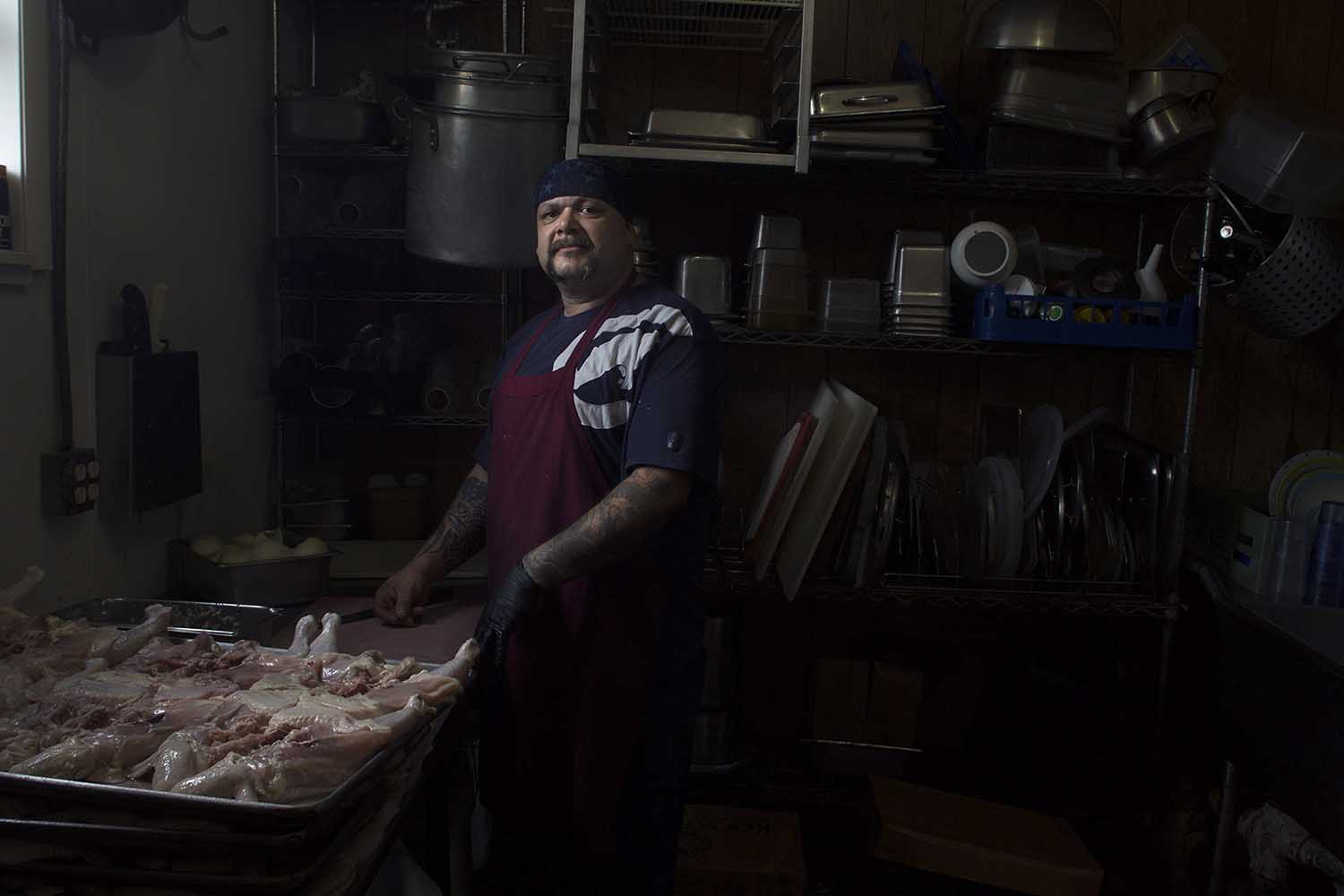
KW: Do you believe this is a good stepping stone to introducing photojournalism workshops into Detroit's schools?
KS: Because our audience has been mostly adult, we haven't yet discussed how this project could impact school-aged children, however we are looking for ways to be able to integrate what we're doing with local programs that are already focused on documentary photography within the city of Detroit -- Focus: HOPE's Excel photography program has been a great inspiration to us and two of our fellows are former FH program participants. Additionally, a few of our fellows will be mentoring as part of FH programs this fall. As this project grows across the coming years, we hope to see kids from the area become interested in documenting their everyday lives, and we want to work with them to edit stories they come across.
AC: I want to add that as part of our larger outreach and public effort, the Red Bull House of Art has partnered with us to host monthly events where we're presenting the work of both Detroit and national and international photographers. Our audiences have asked us challenging questions after seeing work that most have not seen before -- Nina Robinson's personal project on her family in rural Arkansas, Romain Blanquart's poetic and meditative images of Detroit daily life, Zun Lee's immersive exploration of African-American fatherhood, Samantha Appleton as a White House photographer for President Obama, and Eugene Richards’ extraordinary projects over his long career, to name just some of the photographers we've brought to Detroit -- and so in addition to developing Detroit photographers' projects, we are showing photographs and stories that hopefully increase visual literacy and encourage photojournalism across the board.
Writer: Kyla Woods
Editor: Sahiba Chawdhary



